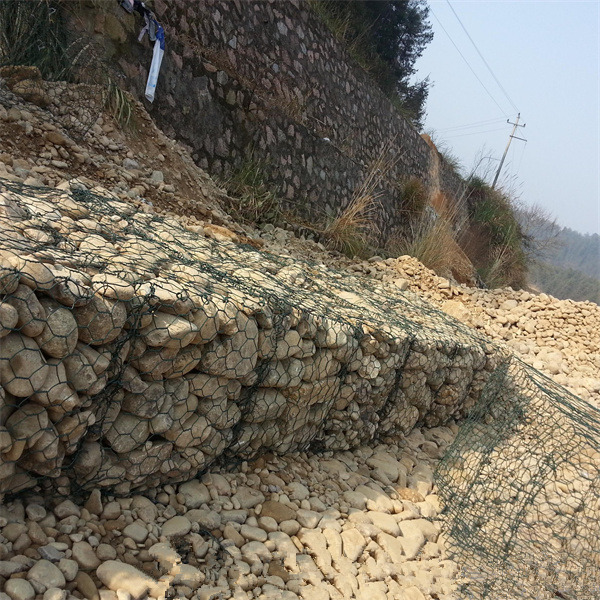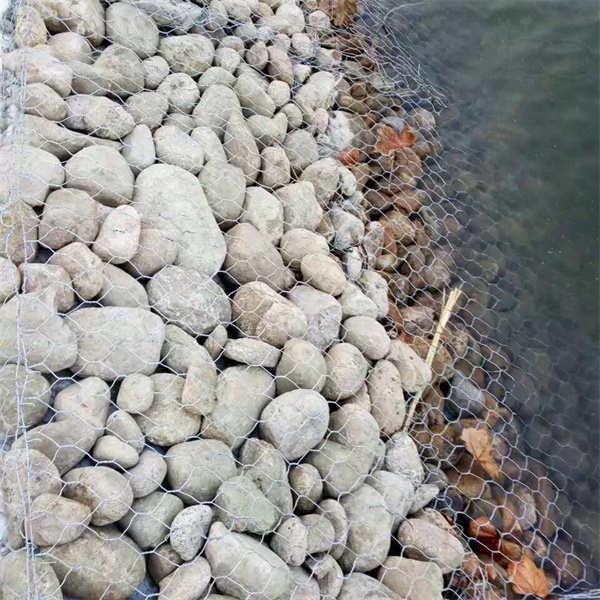Yan . 28, 2025 00:50 Back to list
gabion construction details
Understanding the intricacies of gabion construction can significantly elevate a project's stability and aesthetic appeal. Gabions, primarily utilized for erosion control and landscaping, are wirework containers filled with rock, concrete, or sometimes sand and soil.
Proper installation practices involve meticulous anchoring and alignment. Gabions should sit on a solid foundation, typically a well-compacted gravel layer, to distribute loads evenly and prevent settling or tilting. During the filling process, ensure that the stones are tightly packed and corners are reinforced with binders or bracing wires, maintaining shape and integrity. Regular maintenance extends the lifespan of gabion structures. Periodic inspections should be conducted to check for any wire damage or erosion that could compromise the system's stability. Such proactive maintenance ensures that the gabions continue to fulfill their intended purpose effectively. Combining expertise in material selection and dedication to precise construction practices guarantees a gabion system that not only serves its functional purpose but also integrates seamlessly into the landscape.


Proper installation practices involve meticulous anchoring and alignment. Gabions should sit on a solid foundation, typically a well-compacted gravel layer, to distribute loads evenly and prevent settling or tilting. During the filling process, ensure that the stones are tightly packed and corners are reinforced with binders or bracing wires, maintaining shape and integrity. Regular maintenance extends the lifespan of gabion structures. Periodic inspections should be conducted to check for any wire damage or erosion that could compromise the system's stability. Such proactive maintenance ensures that the gabions continue to fulfill their intended purpose effectively. Combining expertise in material selection and dedication to precise construction practices guarantees a gabion system that not only serves its functional purpose but also integrates seamlessly into the landscape.
Next:
Latest news
-
Wire Mesh Thickness Impact on Gabion Wall Load Bearing
NewsAug.12,2025
-
Ultimate Guide to Hexagonal Gabion Box
NewsAug.12,2025
-
Types of Rocks for Gabion Baskets Durability and Aesthetics
NewsAug.12,2025
-
Standard Gabion Box Sizes and Their Industrial Applications
NewsAug.12,2025
-
Easy Guide to Building Garden Gabion Cages at Home
NewsAug.12,2025
-
Drainage Solutions for Gabion Mesh Structures
NewsAug.12,2025
-
Visualizing Gabion 3D Integration in Urban Landscapes with Rendering
NewsJul.23,2025
Manufacturer of Silk Screen Products
QuanhuaProvide high-quality products and services to global customers.






